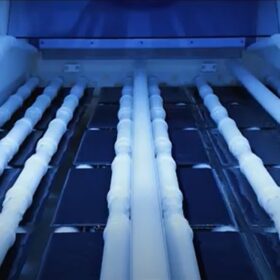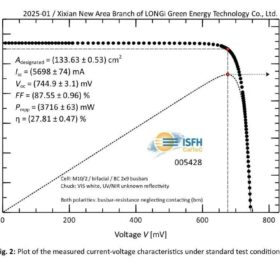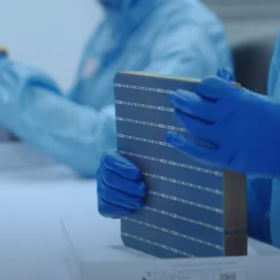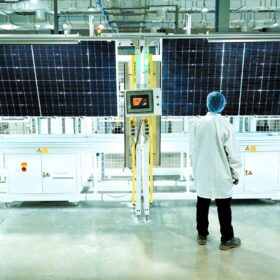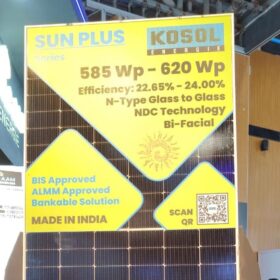Premier Energies, Germany’s RENA Technologies join forces for solar cell innovation
Premier Energies Ltd has partnered with Germany-based RENA Technologies GmbH on process innovations for n-type solar cells and the development of wet chemistry techniques for next-generation tandem solar cells.
Longi claims world’s highest efficiency for silicon solar cells
Longi said it has achieved a 27.81% efficiency rating for a hybrid interdigitated back contact, as confirmed by Germany’s Institute for Solar Energy Research Hamelin (ISFH).
Jupiter International raises INR 500 crore from ValueQuest and its affiliates for solar manufacturing expansion
Jupiter International Ltd has secured an INR 500 crore investment from ValueQuest SCALE Fund and its affiliates to support expansion of its solar manufacturing capacity.
Optimizing residential PV-driven heat pumps with lithium-ion batteries reduces LCOE by 7%
Scientists in Spain have simulated the combination of power-to-heat-to-power storage systems with lithium-ion batteries to supply energy needs and heat pump production of an electrified dwelling. PV self-consumption was found to increase by up to 20% and levelized cost of energy decrease by 7%.
FOB China module prices rise amid growing market expectations of sharp correction by end-Q2
In a new weekly update for pv magazine, OPIS, a Dow Jones company, FOB China TOPCon below 450 W modules for spot loading were stable at $0.093/W, with price indications between $0.087-0.100/W. Furthermore, it reveals that current price increases are not being uniformly adopted across all Chinese manufacturers, with significant price differences—often several euro cents— being observed between the Top 5 and Top 10 manufacturers.
Push on to accelerate next generation PV materials
There is no consensus on the future of PV technology but there is general agreement that existing silicon solar cells do not represent the pinnacle of solar energy generation. This has resulted in the exploration of alternative materials and device architectures, with tandem solar cells emerging as the front runner for the next generation of solar cells to be deployed at scale.
Waaree Energies to double its solar module manufacturing in Texas
This expansion comes at a critical time for the U.S. solar industry with much uncertainty around supply chains and pressure to increase domestic output.
India’s solar exports face new U.S. tariff hurdles but are expected to stay competitive
India’s solar exports vis a vis other countries could still continue to remain competitive, though the margins could take a marginal hit.
“Indian solar manufacturers cannot merely catch up—we must lead”
Suhas Donthi, CEO of Emmvee, speaks with pv magazine about India’s evolving role in the global solar supply chain, the risks of oversupply, and what it will take for Indian manufacturers to lead on the world stage.
International PV module pricing may rise to $0.11/W by year end
International PV module prices, driven by Chinese averages, will likely rise from $0.08/W to $0.10/W today to $0.11/W by the end of 2025 and potentially $0.13/W by 2027, says Clean Energy Associates (CEA), noting that heterojunction and back-contact technologies now make up 12% of global module capacity.
